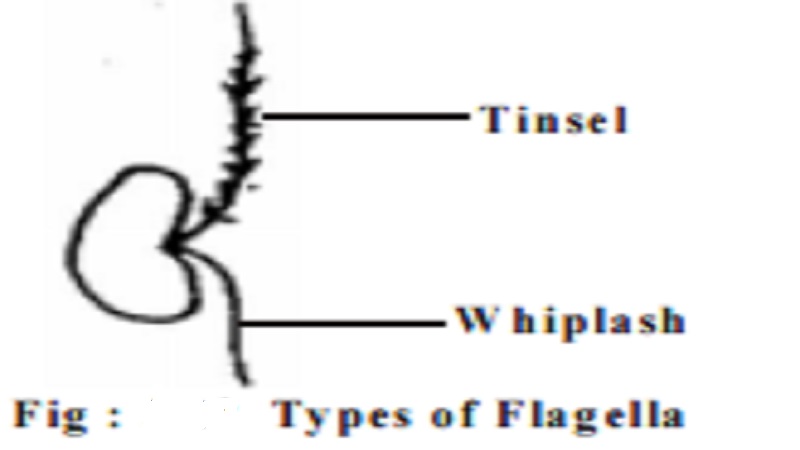Chapter: 11th 12th standard bio zoology Human Body higher secondary school
Algea : Arranagement of Flagella

Algea : Arranagement of Flagella
Flagella or cilia( sing.flagellum
/ cilium) are organs of locomotion that occur in a majority of algal classes.
There are two types of flagella namely whiplash (Acronematic) and tinsel
(pantonematic).
Algea : Thallus organization
The thalli of algae exhibit a great range of variation in structure and
organization. It ranges from microscopic unicellular forms to giant seaweeds
like Macrocystis
which measures up to 100 meters long. Some of them form colonies, or filaments.
The unicellular form may be motile as in Chlamydomonas or non-motile as in Chlorella. Most algae have filamentous
thallus. eg. Spirogyra. The
filaments may be branched. These filamentous form may be free floating
or attached to a substratum. Attachment of the filament is usually effected
through a simple modification of the basal cell into a holdfast. Some of the Algae are macroscopic. eg. Caulerpa,
Sargassum,
Laminaria,
Fucus
etc.where the plant body is large. In Macrocystis it is differentiated
into root, stem and leaf like structures.
The chlroplasts of algae present a varied
structure. For eg. they are cup shapedin Chlamydomonas,
ribbon-like in Spirogyra and star
shaped in Zygnema.
Related Topics